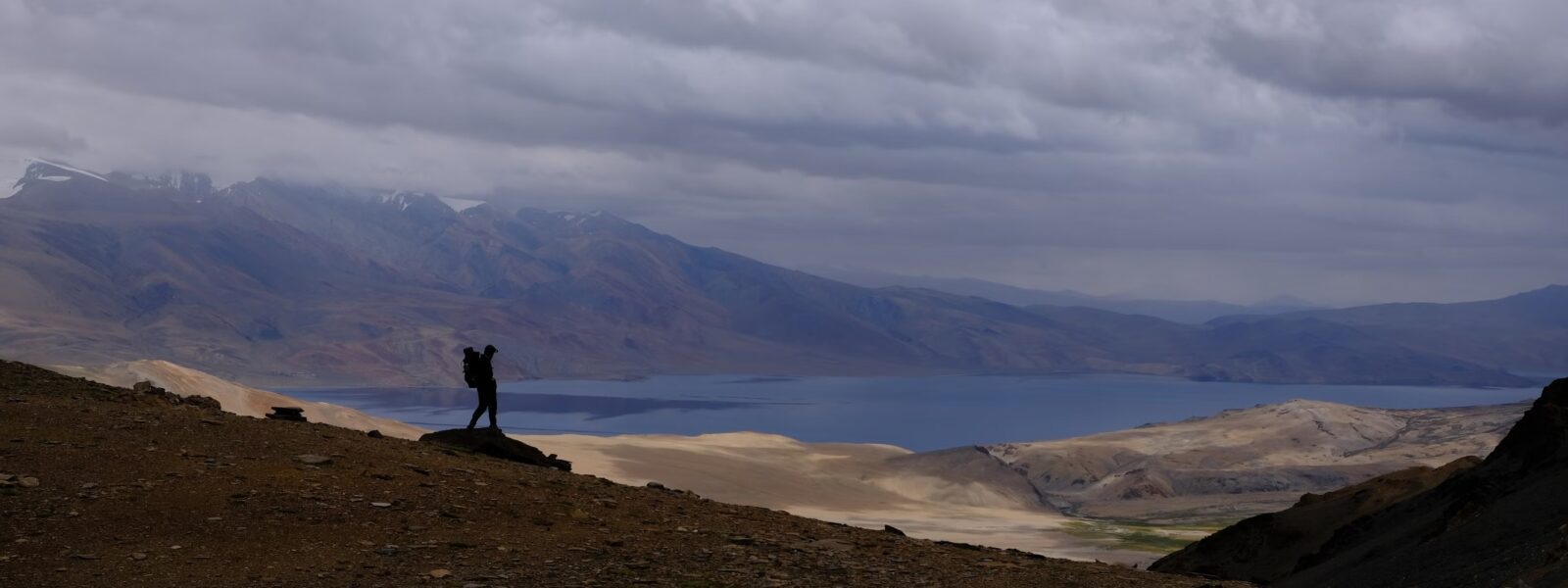Ladakh: A Journey into a Frozen Desert
The first time I saw Ladakh, it was as if the earth had decided to bare its bones to the sky—jagged, fierce, unapologetically rugged. Towering mountains with their snow-capped peaks stood like ancient sentinels, frozen in time, guarding secrets only whispered in the harsh winds. Here, at the rooftop of the world, existence has a rawness, a clarity, stripped of all excess. Everything is reduced to its most fundamental form—rock, sky, water, and wind. There’s no room for softness in this land, and yet, the beauty is undeniable.
As we trekked the narrow, serpentine trails snaking through the barren mountains, I felt the land’s vastness pressing on me, a reminder of our fleeting presence in a place that outlasts time itself. There’s something about Ladakh that draws you into its embrace, not with warmth, but with a quiet, austere invitation to contemplate. The monks in the Hemis Monastery knew this; they chanted their ancient prayers, their voices rising and falling like the rhythmic winds that sweep across these high-altitude plains. The stark simplicity of the monasteries perched atop cliffs spoke of a spirituality that aligns itself with the rhythm of nature rather than defying it.
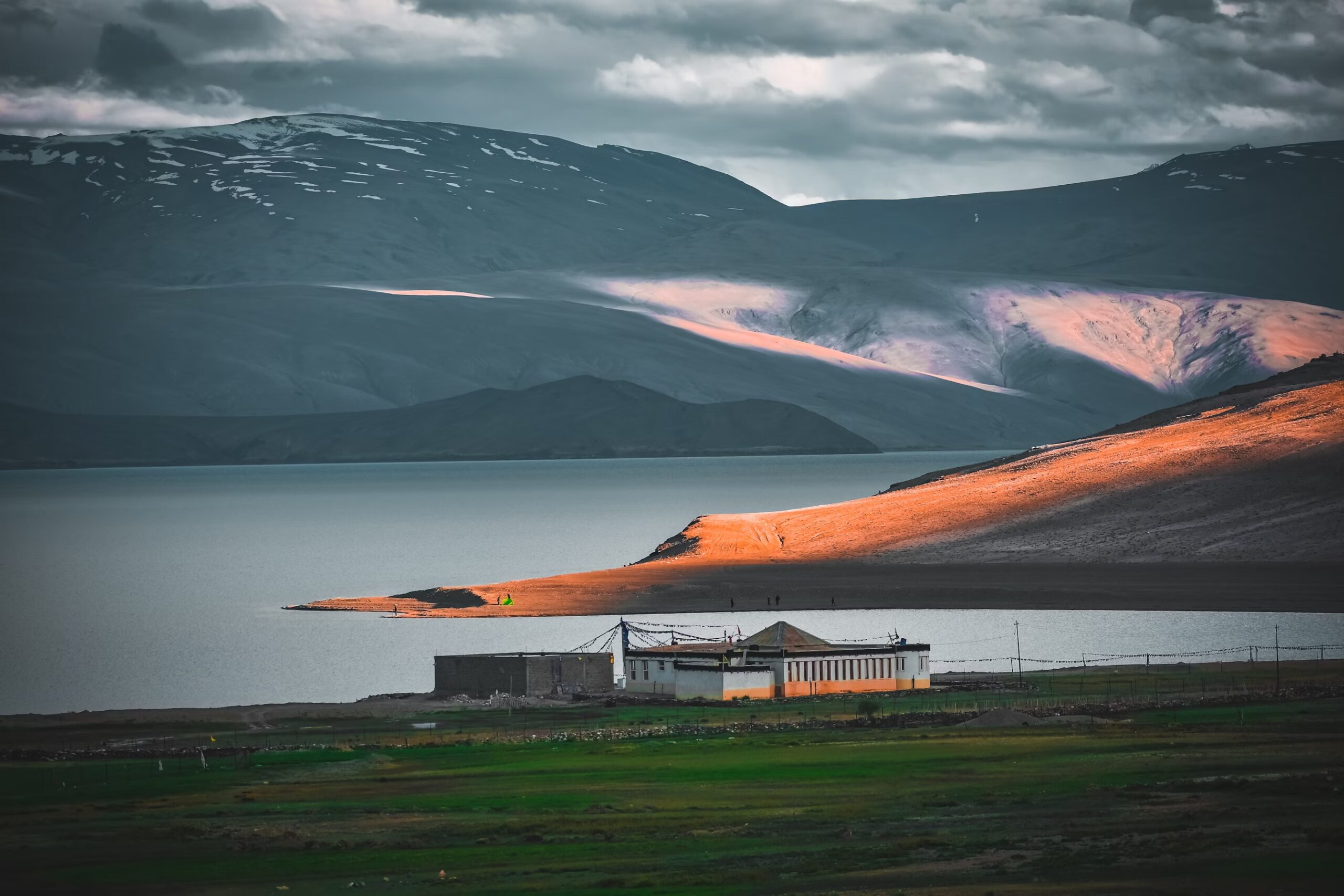
The turquoise waters of Pangong Tso shimmered like a mirage against the backdrop of bare mountains. The lake’s surface changed color with the movement of the sun, echoing the quiet drama of the sky above. Time seemed irrelevant here; one moment drifted into another, guided only by the shifting hues of the heavens and the subtle whispers of the wind.

In the Zanskar Valley, I witnessed the last vestiges of glaciers hanging on by a thread—a fragile beauty that’s fading too fast under the pressure of climate change. The rivers, once fed by these majestic ice masses, now erratically swell and subside, the rhythm of life here increasingly unpredictable. The indigenous people, with their deeply ingrained respect for the land, watch as the seasons no longer follow their expected patterns. Ladakh, a region that once thrived in harmony with its environment, is now on the frontlines of global warming.
Even in this remote corner of the world, the relentless march of modernity is evident. Solar-heated homes and ice stupas dot the landscape, innovations of those who wish to preserve this land’s legacy. Yet, the influx of tourists—those hungry for adventure and untouched landscapes—leaves a trail of carbon footprints, a silent erosion of the purity that once defined this region. The delicate balance is slipping away, much like the glaciers that silently retreat under the unforgiving sun.
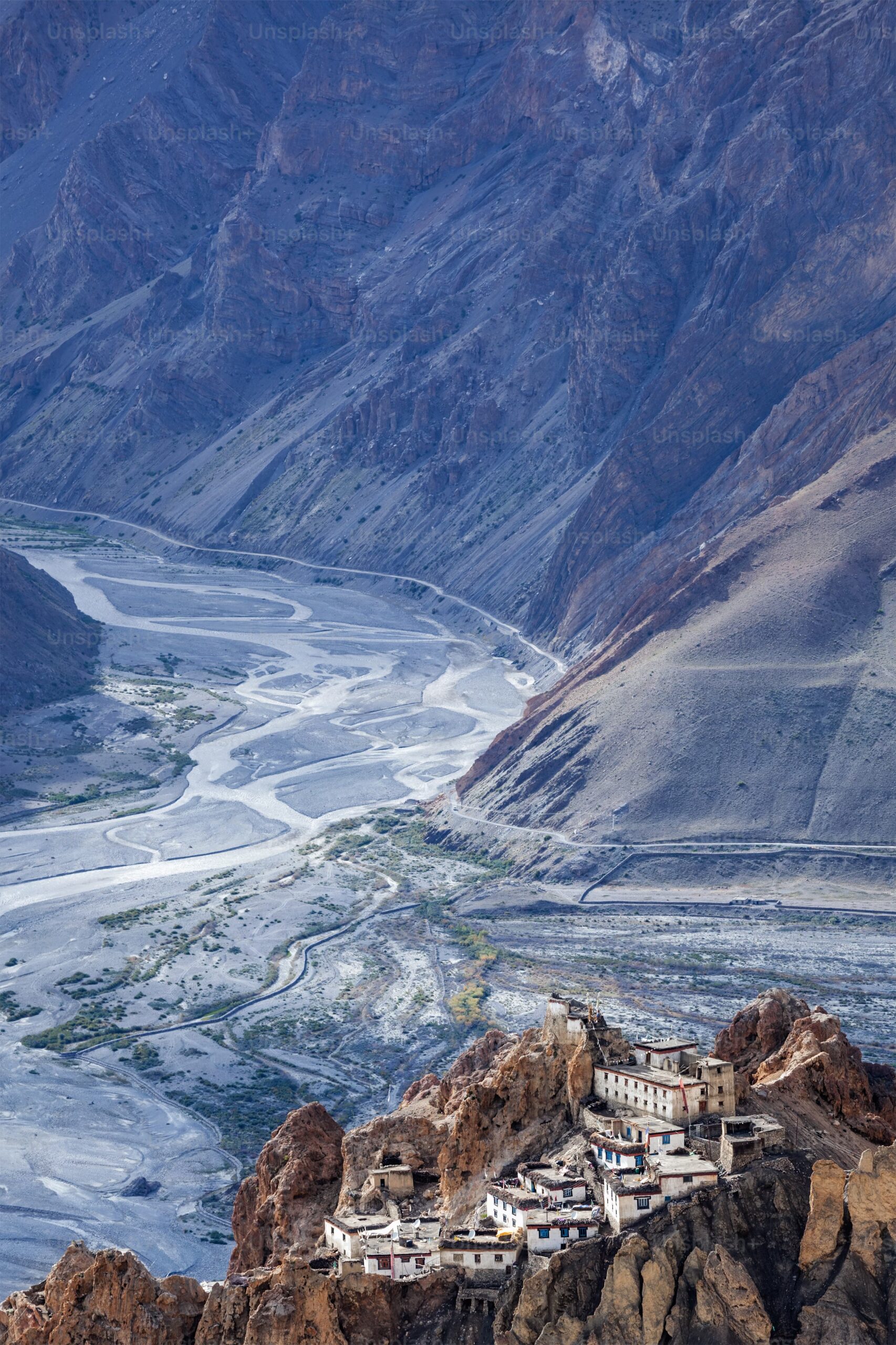
As I made my way out of the high-altitude deserts and back into the chaos of urban life, I carried with me the stillness of Ladakh. The way the wind sang through the mountain passes, the stark contrast of blue sky against white peaks, and the feeling of being just a small speck in a land so vast, so timeless. Ladakh is a place that does not invite you to conquer it but to be humbled by it—a place where the soul, much like the mountains, finds its true form in the quiet, enduring struggle against time.
The continuation of my journey through Ladakh brought me to the Nubra Valley, a mystical desert amidst towering mountains. Traveling through Khardung La, one of the highest motorable passes in the world, I felt as if I were threading between the earth and sky. This pass, draped in snow for much of the year, serves as a gateway to the valley below—a valley that, despite its harsh conditions, teems with life in its own stark way.
The Nubra Valley unfolded before me like an ancient secret waiting to be revealed. It’s a place where the forces of nature have sculpted a landscape that defies expectation. Amidst the golden dunes, the two-humped Bactrian camels ambled lazily, their presence a reminder of the ancient Silk Road that once coursed through this region. The air, thin and crisp, carried with it the scent of dry earth and the whispers of centuries past. Nubra was both desolate and alive, a paradox that could only exist in Ladakh.
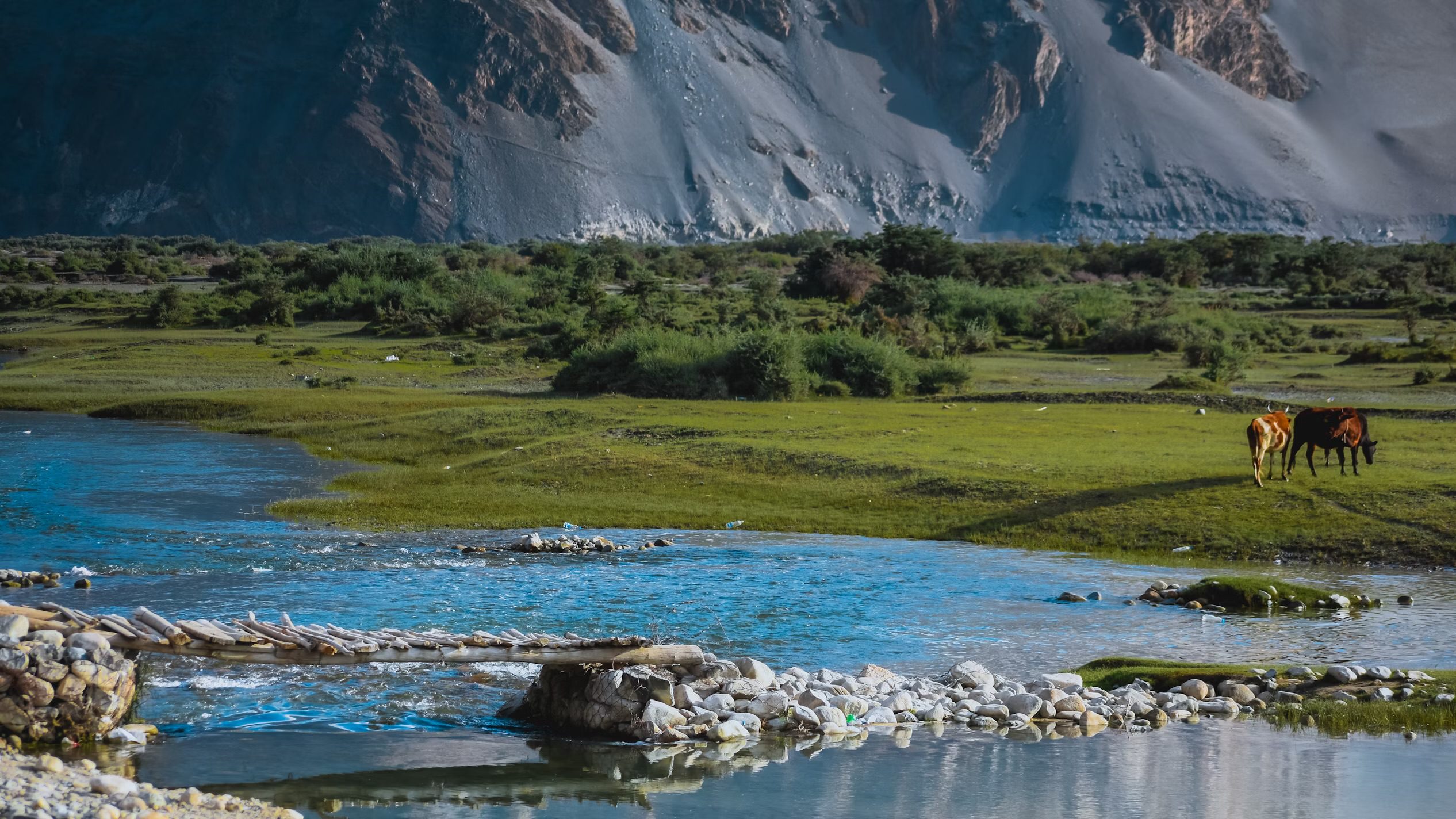
But Ladakh, for all its rugged splendor, is also a land of profound spirituality. Diskit Monastery, perched high above the valley floor, was a sanctuary of peace. As I entered, I was greeted by the towering figure of the Maitreya Buddha, gazing out over the barren valley with a look of serene detachment. The monks, wrapped in maroon robes, moved quietly through the courtyards, their lives dedicated to a rhythm that has remained unchanged for centuries. In the silence, punctuated only by the occasional flutter of prayer flags, I found a momentary escape from the chaos of the outside world.
In the evenings, as the sun dipped behind the mountains, I would sit by the campfire and listen to the stories of the locals. The Ladakhis, with their weathered faces and warm smiles, spoke of a simpler time, when the valley was untouched by the outside world. They told tales of ancient caravans, of Buddhist kings, and of the challenges posed by an environment as unforgiving as it is beautiful. Their resilience, much like the landscape itself, was humbling.
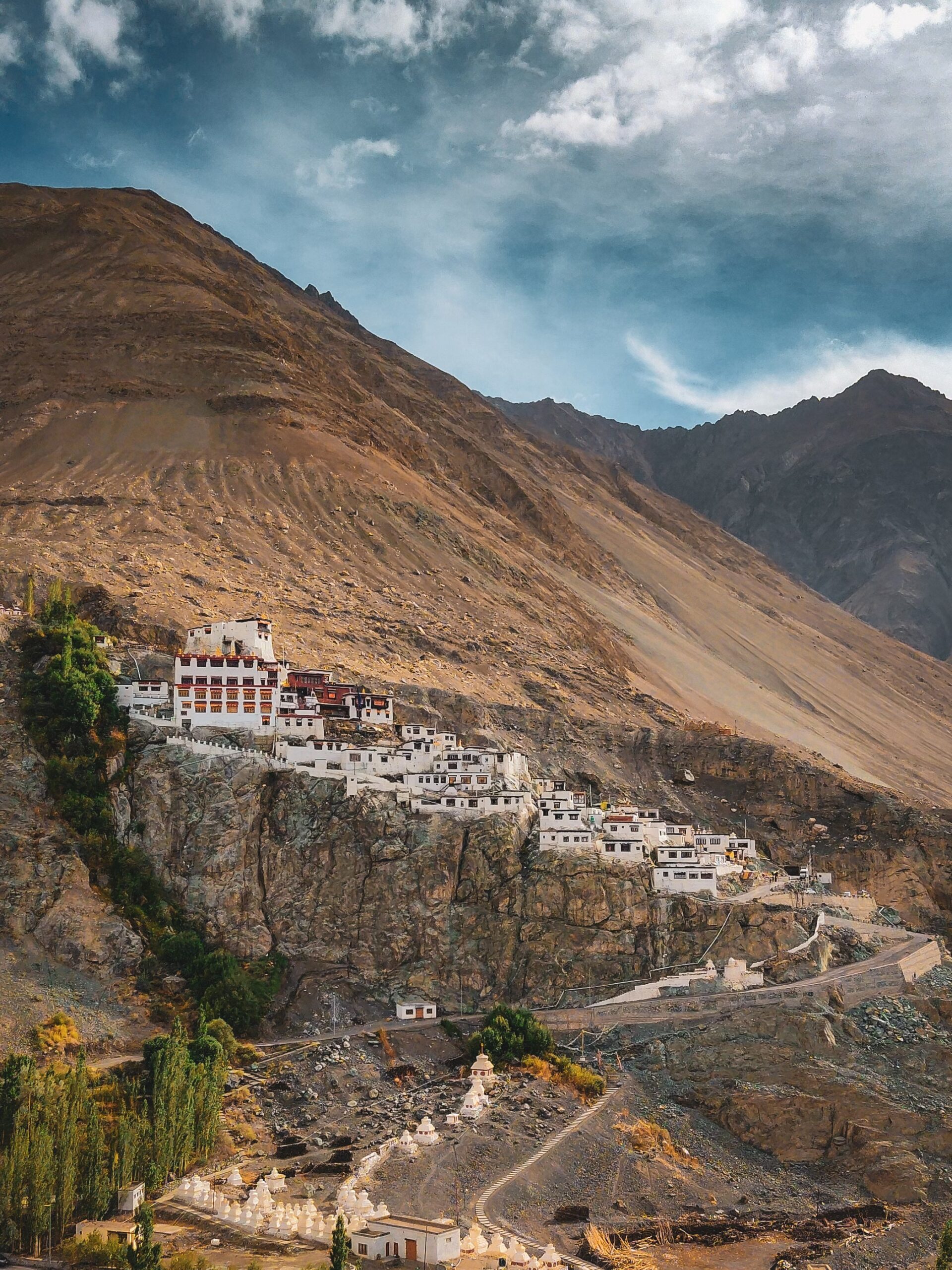
As I continued my exploration of Ladakh, I was struck by the contrast between its fragile ecology and the relentless drive for modernization. The Indus River, lifeblood of the region, glistened in the sunlight, winding its way through the valleys like a shimmering thread. But with the increasing effects of global warming, the glaciers that feed this river are retreating, leaving the region vulnerable to both drought and floods. The locals, once so in tune with the natural rhythms of the earth, now find themselves grappling with changes that they cannot control.
The tension between tradition and modernity was evident everywhere. Solar panels dotted the rooftops of traditional homes, and new roads carved their way through previously untouched wilderness. While these advancements brought undeniable benefits—better healthcare, education, and connectivity—they also brought with them the pressures of tourism and development. The influx of visitors, eager to experience the raw beauty of Ladakh, often left behind more than just footprints. The fragile ecosystem, already stressed by climate change, was now bearing the weight of unsustainable tourism.
Yet, despite these challenges, Ladakh remains a place of profound beauty and resilience. The Tso Moriri Lake, shimmering under the clear blue sky, was a testament to the region’s enduring spirit. Its waters, a deep shade of turquoise, reflected the towering mountains that surrounded it, creating a scene of unparalleled tranquility. Here, at the edge of the world, I felt a deep connection to the land and its people—a connection that, despite the passage of time, remains unbroken.
As my journey came to an end, I realized that Ladakh is not just a place; it’s an experience, a lesson in humility, resilience, and the enduring power of nature. It’s a land where the mountains tell stories of time immemorial, where the wind carries the prayers of centuries, and where every step is a reminder of the transient nature of life. In Ladakh, I found not just a destination, but a reflection of the world as it once was—and perhaps, as it always will be.
As I descended from the mystical heights of Tso Moriri, the feeling of leaving behind a world untouched by the hand of time weighed heavy on my mind. In Ladakh, you encounter the humbling grandeur of nature at every turn, yet there is a certain fragility to its magnificence. The barren slopes and azure skies bear witness to an age-old struggle—a dance between survival and change.
On my way back to Leh, I passed through Thiksey Monastery, a stunning architectural marvel rising from the rocky landscape. This monastery, one of the largest in Ladakh, is a microcosm of the region itself. Its towering structure, adorned with colorful prayer flags and intricate murals, offers a window into a spirituality that transcends mere religion. The chants of monks resonate within its walls, their cadence matching the rhythm of the fluttering flags outside, creating an atmosphere that is as serene as it is profound. Thiksey is a place where past and present meet, where the timeless traditions of Tibetan Buddhism endure amid the encroaching modern world.
The region’s resilience, both cultural and ecological, was a recurring theme in every conversation I had with locals. As the glaciers recede and the weather patterns shift, Ladakhis are adapting—learning to live with less water, developing innovative solutions like ice stupas, which store water in the winter for use during the dry summer months. I met with Sonam Wangchuk, the visionary behind this project, who shared his deep concern for Ladakh’s future. “Ladakh’s greatest strength has always been its self-reliance,” he explained, “but that strength is being tested as never before”.
In the evenings, the setting sun painted the mountains in shades of red and gold. I spent my last days in Leh, walking through the narrow alleys of the old town, marveling at the ancient mud-brick houses that have stood here for centuries. Above, the imposing Leh Palace loomed, a symbol of Ladakh’s royal past. The streets were alive with a curious mix of old and new—traditional Tibetan crafts sold alongside modern trekking gear, Ladakhi women dressed in gonchas, the traditional long woolen robes, conversing on cell phones. This juxtaposition was not jarring, but rather, it seemed to reflect Ladakh’s ability to evolve while staying true to its roots.
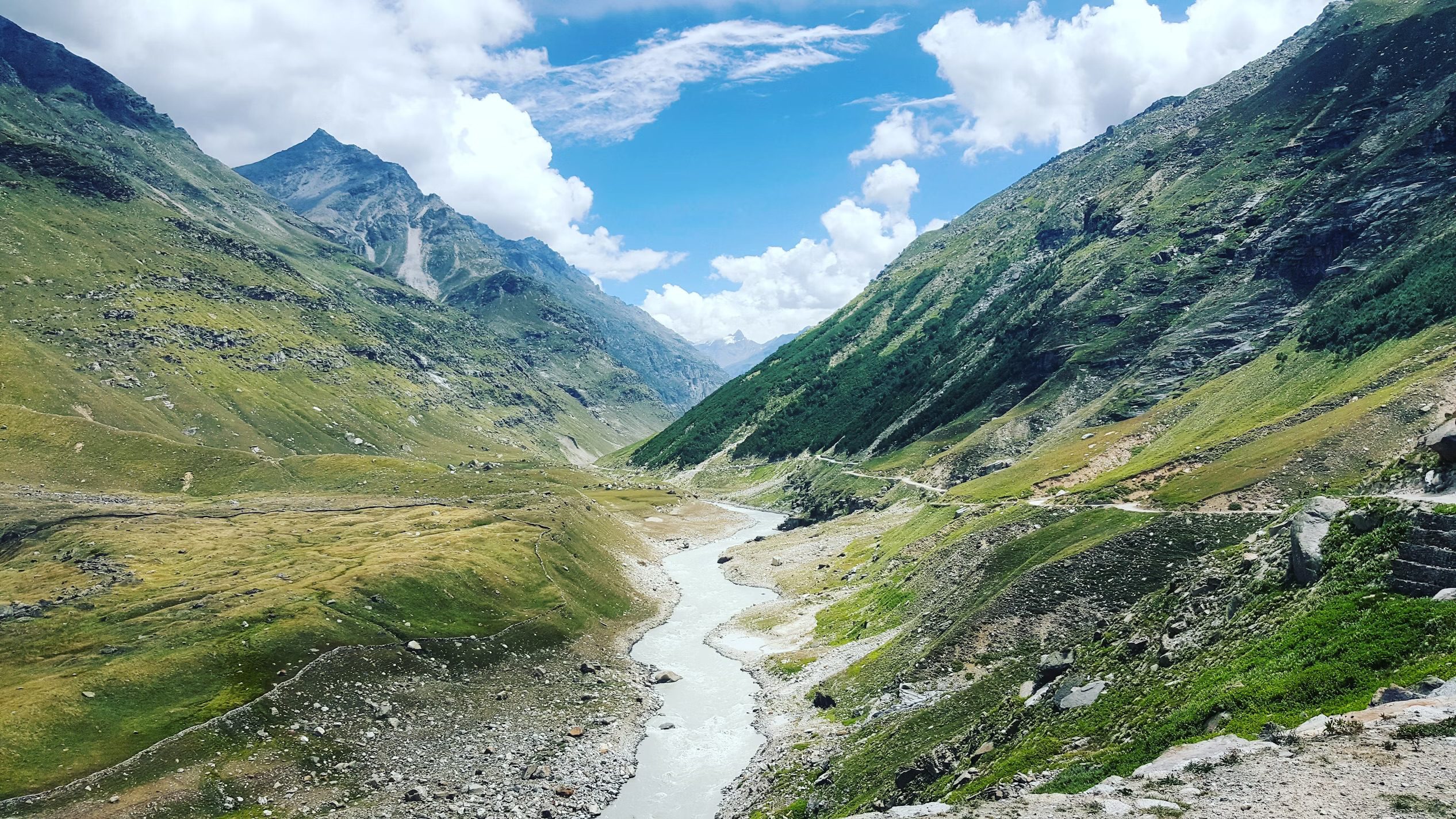
In Leh’s vibrant market, I found myself drawn to the handmade crafts—exquisite thangka paintings, pashmina shawls, and silver jewelry that captured the essence of Ladakh’s rich cultural tapestry. I stopped to speak with an elderly woman selling hand-woven carpets. Her face was weathered by the sun, her eyes bright with the stories of many winters spent high in the mountains. She smiled as she recounted the old ways, when the community would gather during the long winter months to weave, sing, and share stories by the fire. “Now, everything moves faster,” she said with a shrug, “but the mountains, they remind us to be patient.”
Indeed, patience seems to be the key to understanding Ladakh. It’s a land where life moves at its own pace, governed by the rhythms of nature and the teachings of ancient wisdom. It’s a place that asks for more than just admiration—it demands reflection. As I left this rugged frontier behind, I couldn’t help but feel a deep sense of gratitude. Ladakh had given me a glimpse of something rare and precious: a world where time is not measured in minutes or hours, but in the slow, steady pulse of the earth itself.
Ladakh’s future is uncertain, buffeted by the twin forces of climate change and modernization, but its spirit endures. The mountains stand as they always have—silent, powerful, eternal. And in that silence, there is hope. Perhaps, like the resilient people who call this land home, Ladakh too will find a way to weather the storms of change, preserving its beauty and wisdom for generations to come.
Ladakh: The Eternal Symphony of Silence
As I prepared to leave Ladakh, a deep sense of finality settled over me. There is something about this land that defies words, a silence so profound that it feels like a symphony—a symphony composed not of sound, but of stillness, light, and shadow. Ladakh is not a place you merely visit; it is a place that visits you. It imprints itself on your soul, its mountains, rivers, and winds etching themselves into the very fabric of your being. You do not leave Ladakh behind; you carry it with you, forever.
On my final morning, I woke before dawn to watch the sun rise over the Stok Kangri range. The air was crisp, almost biting, but I felt invigorated, alive in a way that only a place like this can make you feel. As the first rays of light touched the peaks, turning them from cold grey to shimmering gold, I realized that Ladakh’s true beauty lies in its simplicity. Here, in the high-altitude wilderness, life is stripped down to its essentials: survival, spirituality, and the stark, breathtaking majesty of the earth itself.
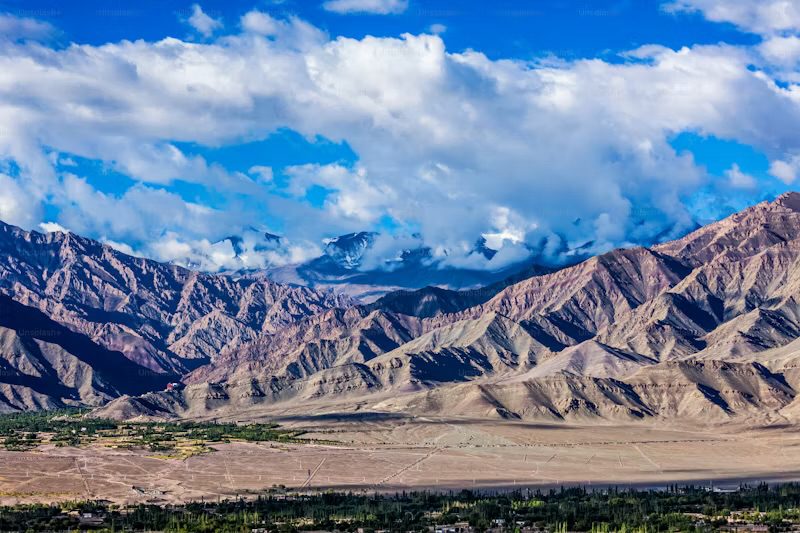
I made my way to one last Gompa, a small monastery tucked away in the hills outside of Leh. There were no tourists here, no cameras clicking away—just a few monks sitting in quiet contemplation, their prayer wheels spinning slowly in their hands. I sat with them for a while, watching the play of light and shadow on the walls of the monastery. There was something eternal about that moment, as if time itself had stopped, and for a brief instant, I was part of something much larger than myself.
Leaving Ladakh was bittersweet. I had come seeking adventure, perhaps even escape, but what I found was far more profound. Ladakh, with its towering mountains and deep valleys, its windswept plains and tranquil lakes, is not just a physical place. It is a state of mind, a reminder that there are still places in this world where the spirit can find refuge from the noise of modern life.
As the plane took off from Kushok Bakula Rimpochee Airport, I looked down one last time at the barren landscape below. The mountains stretched out as far as the eye could see, their peaks bathed in the soft morning light. I knew that, though I was leaving Ladakh, it would never leave me. The mountains, the rivers, the winds—they had become a part of me, and in that quiet, unspoken way, they would remain with me always.
Ladakh is a land of contradictions—fierce yet gentle, remote yet welcoming, timeless yet fragile. It is a place that forces you to confront the impermanence of life, yet in doing so, it offers a kind of solace. In Ladakh, you come face to face with the sublime, with the overwhelming beauty of a world untouched by the chaos of modernity. And in that moment, you realize that, perhaps, the greatest journey is not the one you take across mountains and rivers, but the one that takes place within.
References:
- “Mystical Landscapes of Ladakh,” The Tarzan Way (thetarzanway)
- “The Meltdown in the Cold Desert,” Question of Cities (Question of Cities)
- “Exploring Ladakh’s Monasteries,” Living Nomads (Living Nomads)

